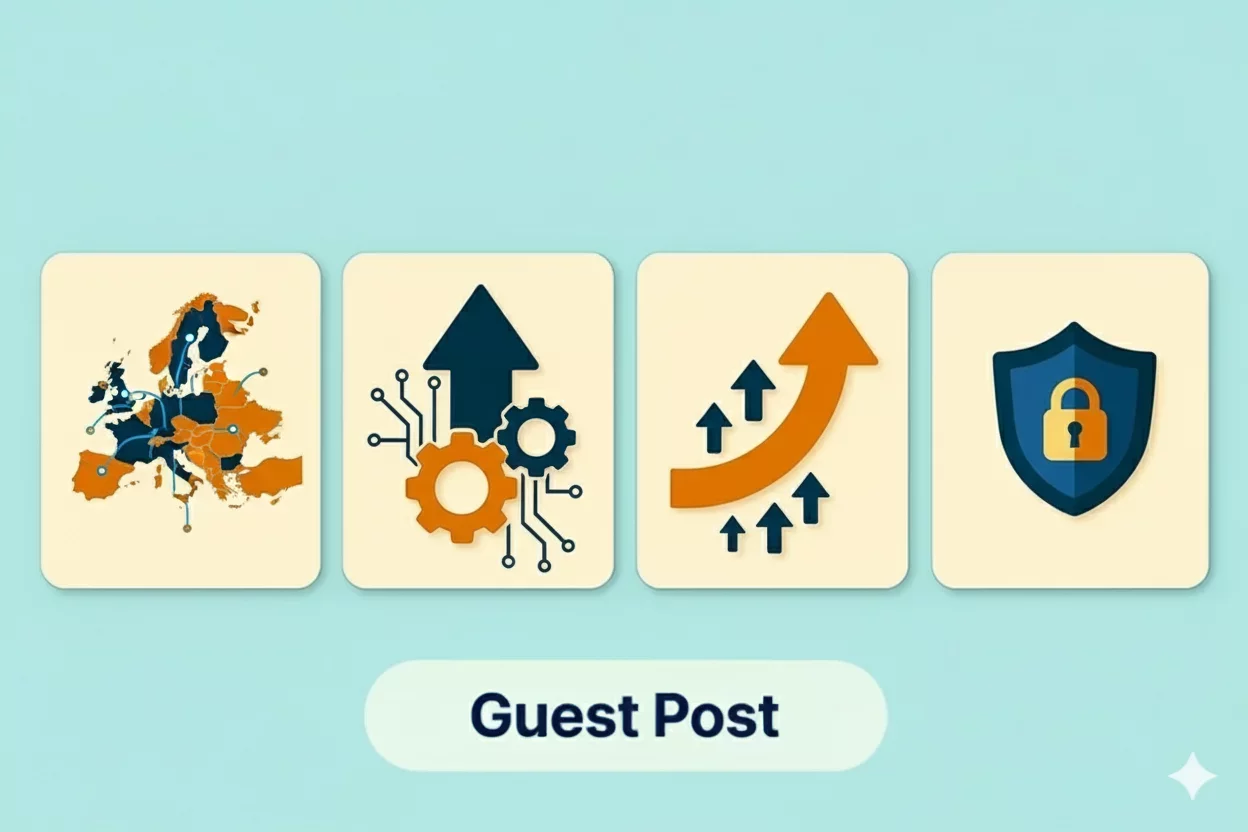Key Challenges in eInvoicing Implementation and Proven Solutions for Compliance Success

eInvoicing is increasingly becoming the norm, firstly in South America and now Europe is following suit. However, many businesses see an unwanted requirement that must be complied with despite the advantages of reduced processing time, cost saving and improved accuracy. One such reason for reluctance is the integration challenges. Businesses need to understand these challenges and develop strategies to overcome them to ensure a smooth transition and thereby maximise the benefits of eInvoicing.
Navigating eInvoicing Compliance: How to Meet Varying International Regulations
Europe is seeing a wave of tax mandates due to come into force in the coming years. These eInvoicing regulations vary significantly across countries and regions. Such variations include data transmission model, frequency and additional requirements such as eSignature or QR codes. The tax authority requirements as well as local laws such as data privacy can be very complex and time-consuming to understand, monitor and implement. Non-compliance can lead to legal issues and financial penalties or even imprisonment in the case of Malaysia!
Businesses should stay informed about the regulatory landscape and ensure their eInvoicing systems comply with local laws. Working with eInvoicing providers who have expertise in different regulatory environments can be beneficial and likely to be much more cost-effective than monitoring regulations and building a solution independently. Regular audits and updates to the eInvoicing system are also necessary to remain compliant with evolving regulations. Italy, for instance, has seen over 40 iterations since its rollout in 2019.
Seamless eInvoicing Integration: Connecting ERPs, P2Ps, and Legacy Systems
Integrating eInvoicing systems with not only ERPs, but other systems including P2Ps and accounting systems can be challenging. There is the integration to the given system, in addition to connecting the internal systems to ensure data is delivered in an accurate and compliant manner. Legacy systems may also need to be factored in adding further challenges. Ineffective or incomplete integration would lead to data silos and likely, non-compliance.
To avoid such issues, businesses need to conduct a thorough assessment of their current systems to identify integration requirements. Where legacy systems are in place, tax mandates can be taken advantage of to justify system modernisation. Businesses must do their due diligence in selecting eInvoicing solutions and providers, ensuring experience and expertise in integration with the current systems, not merely an off-the-shelf option which may not align with the business requirements.
Managing eInvoicing Implementation Costs: Budgeting for Compliance and Efficiency
The initial cost of implementing an eInvoicing system can be significant and must be budgeted for accordingly. Due diligence is key to ensure the provider has adequate resources and expertise to deliver. A delay in delivering a compliant solution can lead to further expense in the way of fines and penalties from the tax authority.
A business should assess the costs of maintaining current processes, where there is likely to be a degree of manual workload. With this comes risk from human intervention, which should also be quantified. Then, there is the cash-flow implication of BAU, where a business would be unable to process compliant eInvoices and the buyer is legally not obliged to accept the invoice, and therefore unable to pay. The risk of non-compliance with eInvoicing mandates is significant, bordering on catastrophic.
Overcoming Employee Resistance to eInvoicing: Strategies for Smooth Adoption
Employees accustomed to traditional invoicing methods may resist the transition to eInvoicing. This resistance can stem from a lack of understanding of the benefits or fear of new technology. There may also be resistance to learning a new process where the present system is deemed suitable.
The business must, therefore, educate its employees on the benefits of eInvoicing as well as the implications of non-compliance. The business can also assist its employees in opting for user-friendly solutions with intuitive dashboards. An effective solution will see a reduction in workload and error rates, allowing employees to focus on other tasks and limiting the time spent on error management.
Securing eInvoicing Data: How to Protect Your Business from Cybersecurity Threats
eInvoicing involves the exchange of sensitive financial data, raising concerns about data security and the risk of cyberattacks. Unauthorised access or data breaches can have severe consequences for businesses. As the Data Controller, the responsibility falls on the business, rather their service provider as the Data Processor.
The aforementioned due diligence of the service provider is imperative to avoid such issues. The provider must prioritise data security and be in the current possession of the appropriate accreditations. The business should also assess into the provider’s infrastructure, ensuring suitability and scalability.
Embrace eInvoicing for Future Success
eInvoicing presents an opportunity for transformation, allowing a business to streamline their invoicing processes and increase efficiency. However, successful implementation and continued compliance requires facing a number of challenges. An adaptable organisation that invests in the right solution will have an advantage over the competition. There is no doubt that the direction of travel is towards digitalization, the question is how soon will a business get up to speed and start to take advantage of this automated world.

Featured Insights

Angola’s E-Invoicing Mandate: Phased Implementation Continues Into 2026
🕝 December 10, 2025
VAT Deduction and Business Succession: When Do Advisory Costs Serve the Company’s Interest?
🕝 December 8, 2025
Europe’s Plastic Fiscal Shift: Why Italy’s Plastic Tax Now Starts in 2027
🕝 December 3, 2025
The Decline of Low-Value Import Exemptions: Closing Gaps in Cross-Border E-Commerce
🕝 November 20, 2025More News from World
Get real-time updates and developments from around the world, keeping you informed and prepared.
-e9lcpxl5nq.webp)
























-7xdqdopxl6.webp)



-a9bz8kz2cs.webp)






























